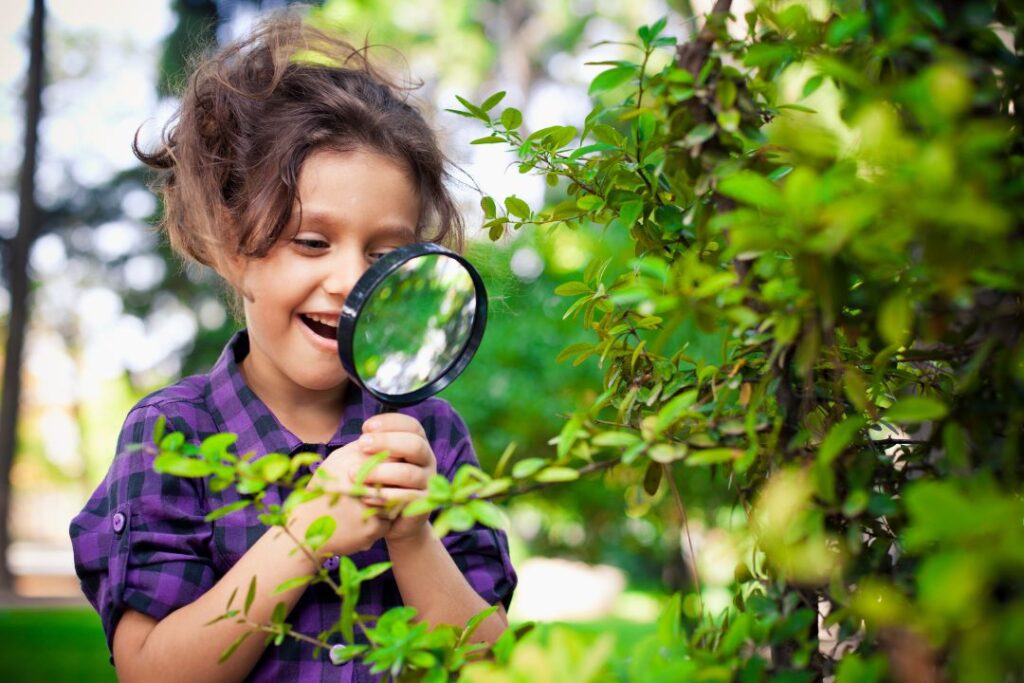As a professional nanny, you have a unique opportunity to teach children about the beauty of nature and how it can inspire art. One way to do this is by painting seashells. Seashells are a wonderful natural resource that can be found on beaches all around the world. By painting seashells, children can develop their artistic abilities, learn about colours and patterns, and gain a deeper appreciation for the natural world.
Materials Needed for Painting Seashells

Before you begin painting seashells with children, you will need to gather some materials. These materials include:
- Seashells: You can collect seashells from the beach or purchase them from a craft store if you do not currently live close enough to a beach
- Paint: Choose acrylic or tempera paint in a variety of colours.
- Paintbrushes: Use a variety of paintbrushes to create different effects.
- Water: Use water to clean the paintbrushes and thin the paint if necessary.
- Newspaper: Use newspaper to protect your work surface from spills and drips.
Instructions for Painting Seashells
Once you have gathered your materials, you can begin painting seashells with children. Follow these instructions:
Clean the seashells
Before painting seashells, it’s important to clean them thoroughly. Use warm soapy water and a soft-bristled brush to remove any dirt or debris from the seashells. Rinse them under running water and allow them to dry completely before painting.
Choose colours and patterns
Encourage children to choose their colours and patterns for their seashells. You can provide examples of different colour combinations and patterns, such as stripes, polka dots, and swirls.
Paint the seashells
Use paintbrushes to apply the paint to the seashells. Encourage children to experiment with different brush strokes and techniques to create different effects. They can layer colours, blend colours, or create patterns with different brushstrokes.
Allow the paint to dry
Once the seashells are painted, allow the paint to dry completely. This may take several hours depending on the thickness of the paint.
Display the seashells
Once the seashells are dry, display them in a prominent place where children can admire their artwork.

Benefits of Painting Seashells with Children
Painting seashells with children can have numerous benefits for their development and learning. Below are some examples of the benefits of this activity:
Develops artistic skills
Painting seashells can help children develop their artistic skills, such as colour mixing, brush control, and pattern making.
Encourages creativity
Encouraging children to choose their own colours and patterns for their seashells can help foster their creativity and imagination.
Promotes appreciation for nature
Using seashells as a canvas for painting can help children develop a deeper appreciation for the beauty of nature and the natural world around them.
Provides a sensory experience
Painting seashells can provide a sensory experience for children, allowing them to explore different textures and materials.
Fosters self-expression
Painting seashells can provide children with a means of self-expression, allowing them to express their emotions, thoughts, and ideas through art.
Additional Activities to Incorporate with Painting Seashells
Painting seashells is just one of many activities that can be used to teach children about the beauty of nature and how it can inspire art. Below are some additional activities that can be linked with painting seashells to extend and enhance the activity:
Nature Walks
Take children on a nature walk to collect natural materials, such as leaves, flowers, and rocks, that can be used to create art. Encourage children to observe the colours, textures, and patterns of the natural materials.
Nature Sketching

Encourage children to sketch or draw the natural materials they have collected. This can help them develop their observational skills and their ability to represent what they see in their artwork.
Collage Making
Provide children with a variety of natural materials, such as leaves, flowers, and seashells, and encourage them to create a collage. This encourages children to develop their composition skills and their ability to arrange different materials in a visually pleasing way.
Painting seashells is a wonderful activity that can help children develop their artistic skills, encourage creativity, and foster a deeper appreciation for the natural world. By providing children with the opportunity to explore the beauty of nature through art, nannies can help them develop a sense of wonder and curiosity about the world around them.
Many of the Alternative Approaches to Early Years Education and Care that we look at in our course focus on nature, and the natural world, so this course is ideal for nannies looking to find out more about how to support children with this kind of learning.



